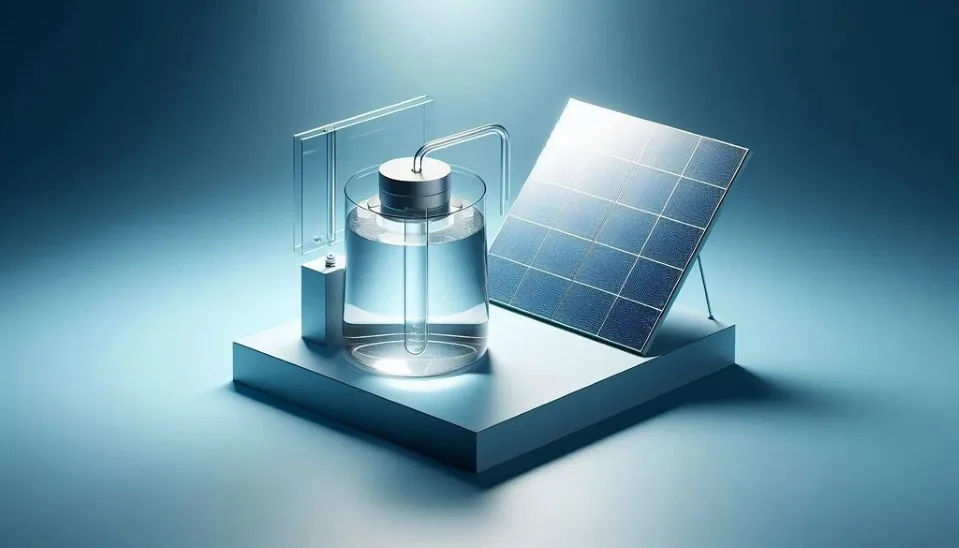
The cost of solar distillation technology is calculated to be between US$0.014 and 0.237/L. It decreases further with an increase in efficiency. Desalination is known to be one of the oldest technologies that has been used to remove surface water pollution in the world. Solar distillation technology is used for water purification purposes and is environmentally friendly and a cost-effective approach. Solar water distillation is one of the most commonly used treatment methods all over the world that produces pure water by using renewable energy and non-conventional sources (Tiwari and Sahota, 2016) and includes several different methods.
The solar distillation system uses the sun's solar irradiation energy to purify and distillate the polluted water. Solar water distillation can be classified into two main categories: (1) passive solar stills and (2) active solar stills (Singh et al., 2020). The final product of a solar water distiller is desalinated water, which can be used for community services, drinking purposes, industrial activities, and agriculture on a small scale.
Table. 1. Two main categories of solar distillation system
Solar Distillation System | Pros | Cons |
Passive Solar Distillation System | Simple in design Cheaper than active solar still | Evaporation leads to lower productivity |
Active Solar Distillation System | Much more advanced Generation of extra power | Needs more space More expensive |
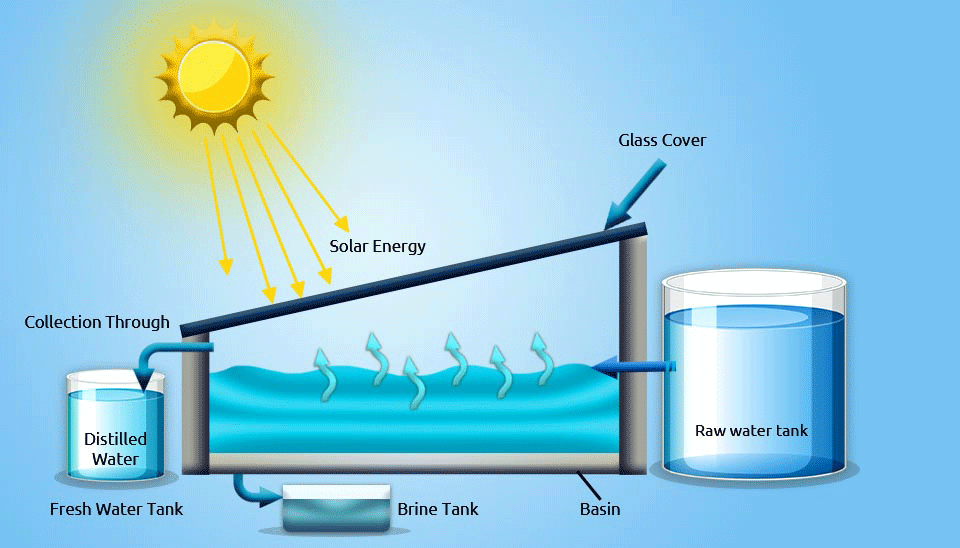
1. Introduction to the Solar Water Distillation
Access to clean and potable water for humans is decreasing around the world due to urbanization and industrialization. Therefore, it is essential to desalinate saline water using renewable energy sources with higher energy efficiency and lower costs. Several technologies for desalination have been developed in recent years that use chemical or electrical energies, and people are not aware of their adverse impacts on the environment (Sampathkumar et al., 2010). Although you can distill water at home yourself using simple methods, the global demand for fresh water necessitates high-capacity, industrial-scale solutions. Conventional desalination technologies, which are mostly based on distillation and involve phase change, are Multi Stage Flash (MSF), Multi-Effect Distillation (MED), and vapor compression (VC) distillation. O On the other hand, Reverse Osmosis (RO) or Electro-Dialysis (ED) involve no phase changes. These desalination technologies consume a high amount of fossil fuels (Garcı́a-Rodrı́guez, 2003).
Solar energy is one of the most available, abundant, simple, and promising renewable energy sources. The use of solar energy for desalination purposes will reduce the amount of greenhouse gas emissions to the environment in developed countries and result in global warming reduction and climate change control (Kaushik et al., 2013). There are several types of solar water distillers that show a much greater pure water productivity rate than reverse osmosis plants (Tleimat and Howe, 1982).
The impure water pours into the basin of the solar water distiller, and the sun rays pass through the glass cover to warm up the polluted water in the basin, which results in water evaporation. Thus, all contaminants and microbes will remain in the basin as the water evaporates inside the solar still. Then, the purified water vapor condenses on the inner side of the still and will be accumulated in a tank for further use (Sampathkumar et al., 2010). This technology needs heat only up to 120 ℃, which can be easily supplied from solar energy and is one of the main advantages of the distillation process (Ranjan and Kaushik, 2013).
In this article, the solar distillation system, which proves to be an economical and environmentally friendly technology, will be generally discussed in terms of classification, merits, demerits, and future developments.
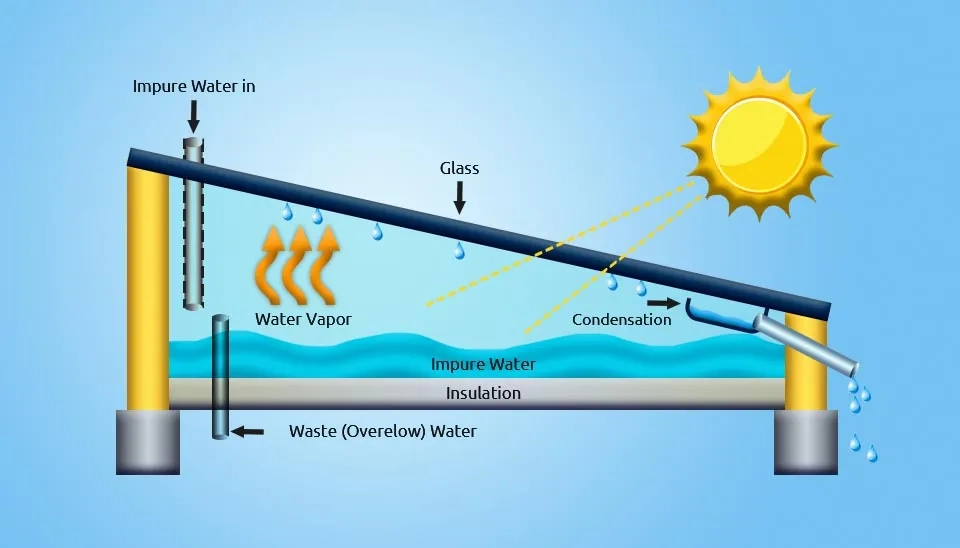
2. Classification of Solar Distillation System
To supply the required energy for desalination processes, solar energy is the most suitable, either in the form of thermal energy, electrical energy, or mechanical energy. Various parameters may have an impact on the still performance, namely water depth in the basin, wind velocity, solar radiation, basin material, ambient temperature, and inclination angle. The productivity rate can be determined by the temperature difference between the inner surface glass cover and the water in the basin (Tiwari and Tiwari, 2007). Solar distillation technologies are mainly categorized as passive solar stills and active solar stills.
2.1. Passive Solar Distillation System
The only source of heating up the basin water mass in a passive solar distillation system is irradiative solar energy, and there are no other elements that produce or consume electrical power. There are two types of passive solar distillers, which are conventional design and efficient design. The conventional designs consist of the simplest stills with condensers or reflectors, whereas the efficient designs consist of a variety of combinations, such as wick, tubular tray, stepped basin, tubular cover, cascade type basin, single or multi-effect, hemispherical, spherical, concave, pyramid, etc. type still structure (Singh et al., 2020).
In a passive solar still, as shown in the figure, the basin water directly receives solar radiation, which is the only source of energy for increasing the water temperature. Actually, both heat collection and distillation processes take place within the same equipment. Water will then evaporate due to heat entering the basin and the vapor condenses on the inner side of the still (the glass cover) and will be accumulated in a water tank for further utilization. Since there is only one source of energy, the evaporation leads to lower productivity, which is the main disadvantage of passive solar stills. To overcome this issue, several active distillation systems have been implemented in recent years (Sampathkumar et al., 2010).
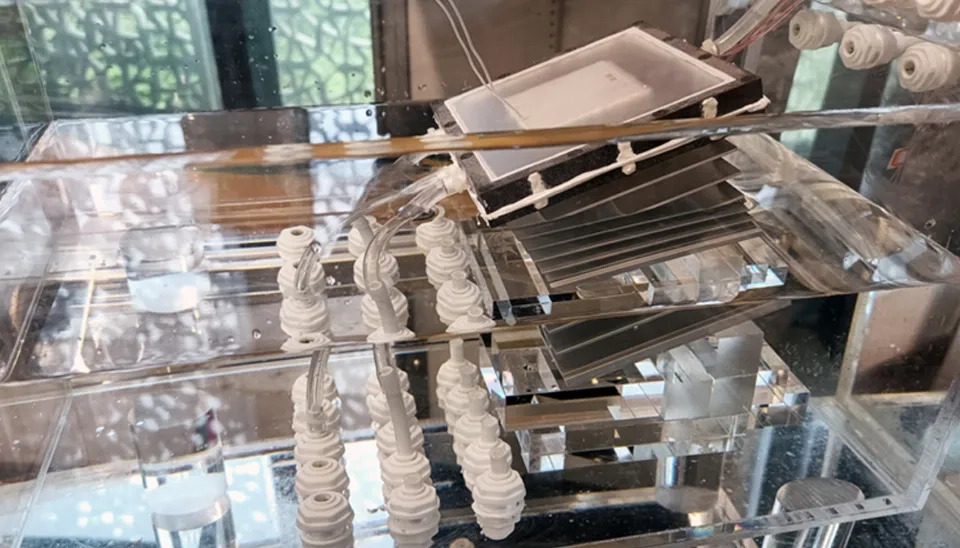
2.2. Active Solar Distillation System
In active systems, to raise the evaporation rate and improve its productivity, additional heat is provided through various arrangements, modifications, or sophisticated designs, and it is also possible to add elements that can either consume or produce electrical power useful for the system. Active solar distillation is much more advanced than passive solar stills and can be classified as follows (Sampathkumar et al., 2010):
(1) High temperature distillation: hot water will be fed into the basin from a solar collector panel.
(2) Pre-heated water application: Hot water will be fed into the basin at a constant flow rate.
(3) Nocturnal production: hot water will be fed into the basin once a day.
Active solar distillation utilizes several associates with the system for its performance improvement, like the generation of extra power in terms of electric energy, optimized water mass circulation rate, addition of stimulating heat (PV module, evacuated tubes, heat pipes, solar pond, thermal storage materials, etc.). There are many types of additional associates, like ET collectors, FP collectors, concentrator collectors, fans, pumps, CP collectors, boosting mirrors, etc. (Singh et al., 2020).
As shown in the figure, there is a significant difference between passive and active solar stills. Here, an additional energy source or additional electrical power is used to enter the thermal energy into the basin using a pump to increase the evaporation rate and continue the distillation even in the absence of solar radiation. Just like passive solar distillation, water will then evaporate due to heat entering the basin and the vapor condenses on the glass cover and will be accumulated in a water tank for further utilization (Ranjan and Kaushik, 2013).
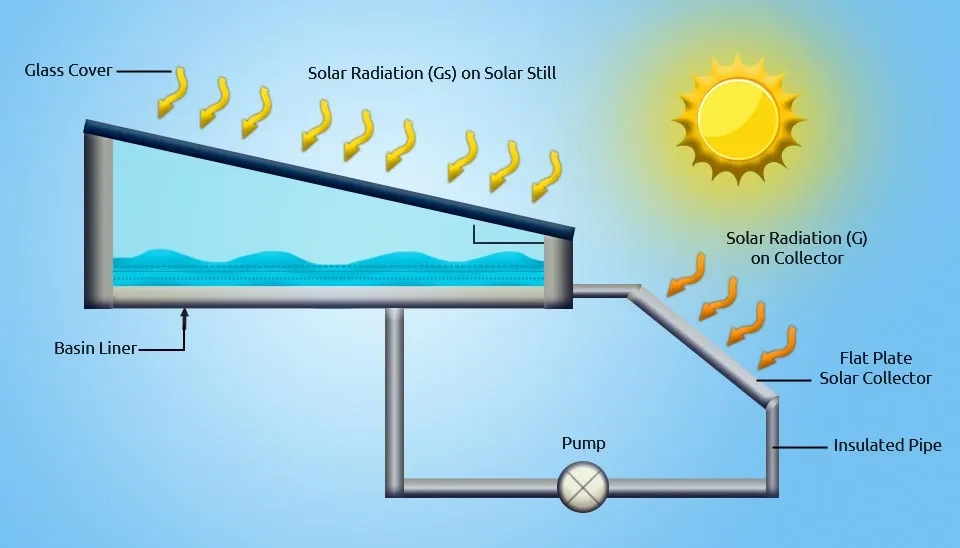
3. Merits and Demerits
Solar water distillation has so many advantages. But just like other technologies, this method has some disadvantages as well. In the following, the main cons and pros of this technology are mentioned.
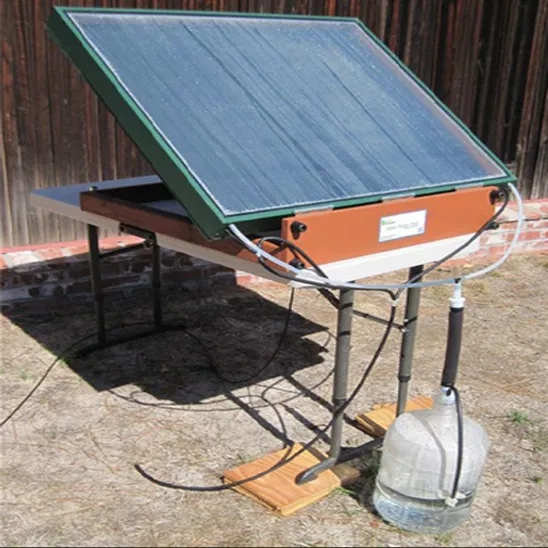
3.1. Advantages of Solar Distillation System
One of the important pros of solar distillation technology in terms of energy consumption is using solar energy, which is free and there is no limit to its usage. Therefore, pure water will be produced at a lower price. There are no rotating or reciprocating parts in conventional solar distillers, and thus the maintenance is very low. Solar water distillers produce water with a better taste and a neutral pH value when compared to other technologies. Moreover, the pure water can be consumed as potable water after adding the required minerals; otherwise, the pure water can be used for regular consumption (e.g., industries, agriculture, etc.) (Singh et al., 2020).

3.2. Disadvantages of Solar Distillation System
The water production per unit area is not very remarkable in passive and active solar distillation systems. So huge step-ups are needed, with different designs related to the system itself. The vapor may be leaked through the joints, and in larger solar distillers, this may happen more. Due to various reasons, like rusting, stratification, scale formation, sedimentation, vapor leakage, heat loss, salt deposition, etc., the production of drinking water may be reduced with time. Moreover, larger solar distillation plants may deal with some challenges of maintenance, handling, operation, and synchronization between sub-components of the system. At the same time, larger distillers (especially active solar stills) may require more space for implementation, which can increase costs. Due to the heat absorption by the sub-components of the system, the performance may decrease, which leads to a decrease in temperature difference for the evaporation-condensation process (Singh et al., 2020).
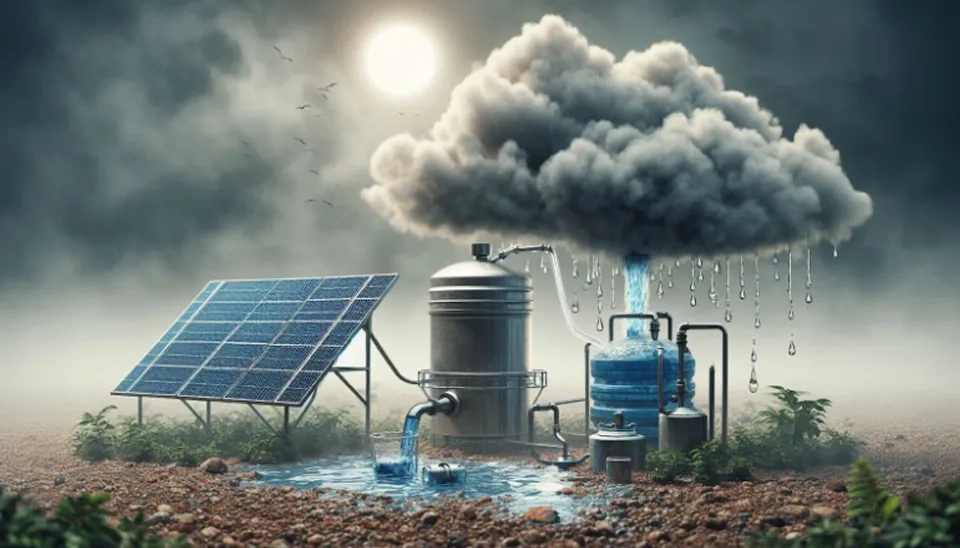
4. Future Developments
The uncertainty of government subsidies and a lack of regulatory policies have been major obstacles to the commercialization of solar desalination plants. It is indicated that most of the environmental impacts are due to electric pumping energy in active solar distillers, and the main capital equipment cost in a desalination system is related to the solar collectors (Goosen et al., 2023). So there must be further studies and the implementation of more eco-friendly collectors to minimize these impacts in the future.
It is necessary for stakeholders to be very careful when choosing the type of equipment, the integration approach, and the scale. To ensure ecosystem protection as well as safe drinking water production, an ideal and efficient solar distillation system should be implemented. A successful integration of key factors, including regulatory, environmental, and economic considerations, will be crucial for the implementation of cost-effective and sustainable solar distillation plants (Goosen et al., 2023).
5. Conclusion
Solar energy technologies are very useful and important in both developed and developing countries to sustain their energy demand. One of the best applications of renewable energy is the use of solar energy in water desalination and distillation processes to produce pure water. In this article, we reviewed an introduction to solar water distillers, two main types of solar stills (passive and active), the pros and cons of solar distillation technology, and future developments to enhance their operation. To select an appropriate passive or active solar water distiller, it is important to consider all economic and environmental aspects, as well as the main purpose and scale of the study.
